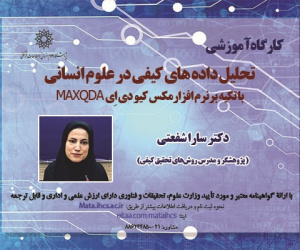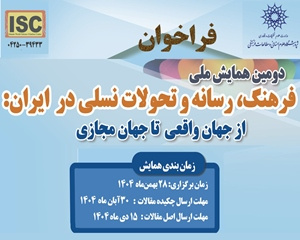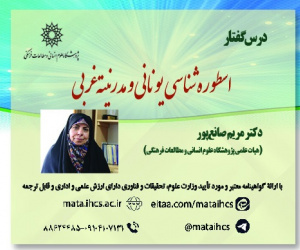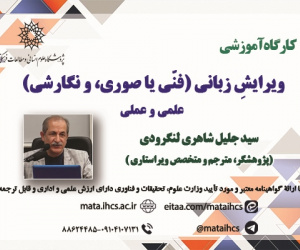سنجش تطبیقی دریافتهای رسانه ای پیام های دینی دانش آموزان شاهد (مقاله پژوهشی حوزه)
درجه علمی: علمی-پژوهشی (حوزوی)
آرشیو
چکیده
هزاره سوم میلادی و فراگیری ویروس کرونا و لزوم انزوای اجتماعی برای ممانعت از شیوع آن، نقش رسانه های جمعی در پیام رسانی، از جمله انتقال پیام دینی را پررنگ تر نموده است. اندلس سازی و نظم نوین جهانی با تشکیل سازمان ملل و حکمرانی علی الاطلاق بر فضای مجازی، مقتضی سلطه تمام عیار بر محتوا به تبع شکل (ناتوی فرهنگی) و تنزل انسان آسمانی به زمین و حصر او در عالم ناسوت و کشاندن وی در سیاه چاله فضای مجازی آسیبی جدی به وجود آورده که حضور رسانه ای فعال را مطالبه می نماید و کاهش ارتباط نوجوانان با نهادهای سنتی دینی (همچون مساجد و اجتماعات مذهبی) و اقبال گسترده به رسانه، به ویژه رسانه های نوین، انجام پژوهشی را مبنی بر اینکه آنان پیام و به ویژه پیام های دینی خود را از چه منبعی دریافت می دارند، ضروری می نماید. بدین منظور پیمایشی در شهر قم و در مدارس شاهد انجام شد. جامعه آماری تحقیق شامل 1200دانش آموز مشغول به تحصیل در چهار واحد آموزشی مدارس شاهد شهر قم بود و نمونه به روش «تصادفی طبقه ای سهمیه ای» 295 تن انتخاب گردید و برای سنجش پایایی ابزار تحقیق و بررسی متغیرهای پژوهش، از آزمون کلموگروف- اسمیرنوف و برای آزمون فرضیات تحقیق از آزمون های ناپارامترتیک استفاده شد. نتایج نشان داد. بهترین رسانه برای انتقال پیام دینی به دانش آموزان «تبلیغ چهره به چهره» بوده و شبکه های ماهواره ای رسانه مناسبی برای دانش آموزان نیست و سیاست گزاران آموزش و پرورش باید برای تأثیرگذاری پیام های دینی از رسانه با محتوای مناسب استفاده کنند، وگرنه اثر منفی به بار خواهد داشت.A Comparative Assessment of Media Reception of Religious Messages among Teenage Students (A Case Study of Shahed Schools in Qom Province in 2018)
The third millennium and the spread of the corona virus as well as the need for social isolation have highlighted the role of mass media in religious messaging. The new world order and control of cyberspace requires full domination over content and form (cultural NATO) which leads to the degradation of divine human and his confinement in the world of nature and the black hole of cyberspace with terrible harms. An active media presence and action is needed for tackling this problem. In addition, the decrease in the connection of teenagers with traditional religious institutions and their interest in modern media makes it necessary to conduct a research based on media reception of religious messages. Therefore, a survey was conducted in the Shahid schools of Qom, with a statistical population consisting of 1200 students in 4 educational schools for girls and boys. Using the stratified random sampling, 295 students were selected. The Kolmogorov-Smirnov test was used to measure the reliability of the research instrument and checking the research variables. Non-parametric tests were used for the research hypotheses. The results show that most of the students received their religious messages from the traditional media of "face-to-face propagation" and satellite channels do not contribute much in this regard. Cultural policymakers are obliged to use appropriate media to convey religious messages.








